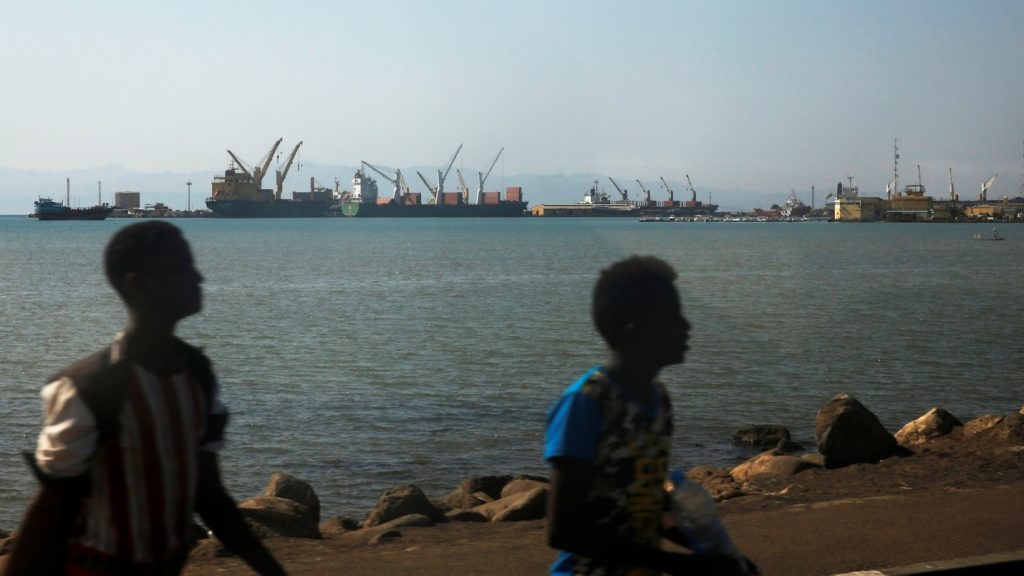Jeff Payne, NESA Center
Greater attention is being directed to the wider Red Sea region due to the ongoing conflict in Yemen as well as increased state activity along the Horn littoral region. The current Covid-19 global pandemic reminds the world why the Red Sea remains important – it is a connective nexus for information, trade, and politics for three continents and over 80% of the world’s population.
Maintaining influence in the Red Sea region has always been necessary for major powers in the modern age. The Cold War featured a rotating competitive cycle between NATO and the USSR for influence in the Red Sea. The United States focused heavily on maritime security operations in the waters surrounding the Arabian Peninsula since the 1980s. Russia’s renewed push for international influence includes maintaining the ability to project power into the Red Sea region. China’s first overseas military installation is located in the Red Sea, a reflection of the region’s importance to Beijing.
African leaders and continental/regional institutions frame the region as needing heavy economic development, with a substantive economic payoff if political stability is ever achieved. Rival powers in the Gulf perceive African littorals of the Red Sea as opportunities for greater economic diversification and as a potential new front for Middle Eastern proxy competition. The competitive relationship between the United States and China has a Red Sea component: both states see international prominence, economic health, and national security connected to the future of the Red Sea littorals.
The Covid-19 crisis reinforces the Red Sea’s wide-ranging influence. A global economic downturn could easily derail economic development along the African Red Sea littorals. The global disruptions caused by the virus could alter the trajectory of the Yemen conflict, for better or worse. Major Powers could re-prioritize their interests in the region as a result of the virus. Disruptions to the region’s security infrastructure could lead to an uptick in smuggling and piracy.
To counter possible negative trend lines in the Red Sea region as a result of Covid-19, regional states and non-regional stakeholders must recommit to multilateral efforts in the Red Sea. The prevalence of states seeking influence in this region is partly the result of favorable security conditions emerging from cooperative action. Combined Maritime Forces, headquartered in Bahrain, remains the world’s largest cooperative maritime security partnership and engages in burden sharing among its members to keep shipping lanes safe, impede traffickers, and counter illicit networks. Saudi Arabia stood up a Red Sea council focused on security issues and development among Red Sea littorals. IGAD and the AU have invested political capital and resources towards enhancing relations among Horn states and deepening partnerships throughout the wider Red Sea region. The European Union and the United States have engaged regional states in a variety of forums to offer assistance in the security realm, infrastructural development, and economic modernization.
Before the Covid-19 global disruption, trend lines increasingly highlighted the Red Sea as a region of critical geostrategic importance, growing political influence, and substantial economic potential. It would be a mistake for the world to halt momentum on the positive steps taken in recent years to build cooperative understanding. The Red Sea should remain a priority. It is a critical seam in every way: it bridges Africa and Asia, it ties the West to the East by trade, and remains a highway for cultural and diplomatic engagement.

The views presented in this article are those of the speaker or author and do not necessarily represent the views of DoD or its components.